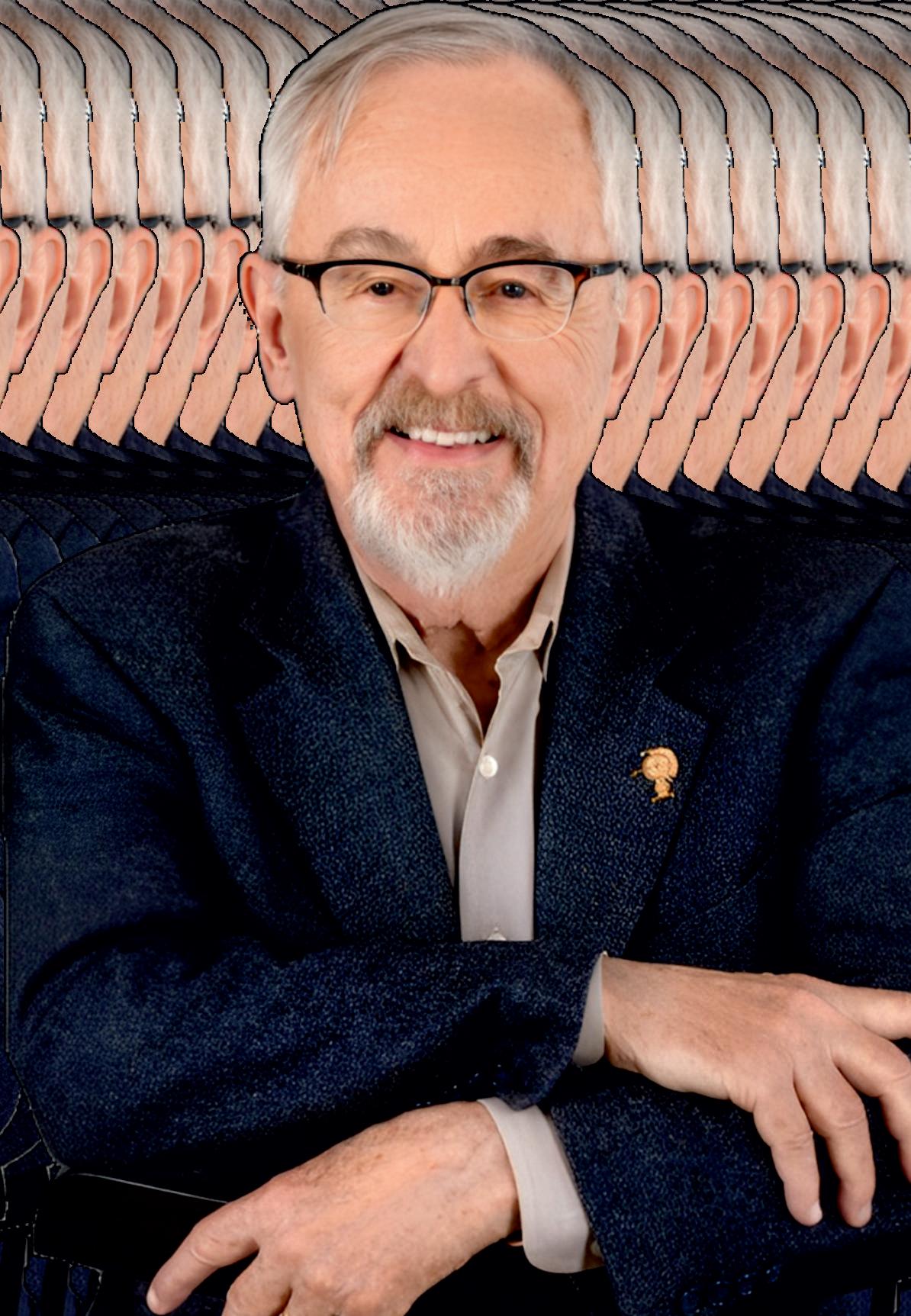









InthisspecialeditionofInsightsSuccesstitled, Richard Larson: Incredible
Journey in Education,wearehonoredtocelebrateavisionarywhosecontributions haveshapedthemodernlandscapeoflearningandinnovation.ProfessorRichard Larson,anamesynonymouswithacademicexcellence,technologicalforesight,and unwaveringdedication,standsasabeaconofinspirationintheever-evolvingworldof education.
FrompioneeringworkinoperationsresearchatMITtochampioningtechnology-driven learningmodelslongbeforethedigitalagedemandedit,Dr.Larson’scareerhasbeen markedbyauniqueabilitytoforeseechallengesanddesignpractical,human-centered solutions.Hisgroundbreakingeffortsindigitallearningtransformation,especially throughMIT’sLearningInternationalNetworksConsortium(LINC),haveimpacted educators,students,andinstitutionsacrosstheglobebridginggaps,fosteringinclusivity, andpromotingscalablemodelsofeducation.
Thiseditiondoesn’tjustrecountmilestones;itinvitesreadersintothemindsetofa dynamicleaderwhosecuriosityandcompassioncontinuetoinfluencethenext generationofthinkersandproblem-solvers.Throughinsightfulfeatures,interviews,and reflections,wedelveintohisphilosophiesonleadership,hiscommitmentto interdisciplinarycollaboration,andhisenduringbeliefthateducationmustbeboth accessibleandadaptable.
Astheworldconfrontscomplexsocialandtechnologicalshifts,ProfessorLarson’s journeyremindsusofthetimelesspowerofpurpose-driveninnovationineducation.His storyisnotjustoneofpersonalachievement,butacalltoalleducators,learners,and leaderstoembracechange,thinkboldly,andactwithintention.
Wehopethiseditionleavesyouinspired,reflective,andempoweredreadytocontribute yourownchaptertotheever-expandingbookofeducation.
Happy Reading!





Editor-in-Chief
Merry D'Souza
Managing Editor Executive Editor
Preston Bannister
Visualizer
David King
Senior Sales Managers
Jenny Fernandes
Art & Design Director
Rosy Scott
Assistant Editor
Michael Wayne
Bruno Alves, Jack McDowell
Marketing Manager Technical Head
James M.
Jacob Smile
Technical Specialist
Irvin Wilson
SME-SMO Executive
Steve Rodrigues
Robert Brown
Circulation Manager July, 2025


Database Management
Stella Andrew
Associate Designer
Angela Ruskin
Business Development Manager
Ryan Brown
Sales Executive
Max Floyd Simon, Tom
Business Development Executives
Digital Marketing Manager
Dominique T.
Research Analyst
Frank Adams
Technology Consultant
David Stokes

sales@insightssuccess.com
We are also available on :




Copyright © 2025 Insights Success , All rights reserved. The content and images used in this magazine should not be reproduced or transmitted in any form or by any means, electronic, mechanical, photocopying, recording or otherwise, without prior permission from Insights Success. Reprint rights remain solely with Insights Success. Follow us on : www.facebook.com/insightssuccess/ www.x.com/insightssuccess









Richard
Before examining the distinguished career of Richard
C. Larson, it is necessary to acknowledge the significantimpactacommittedindividualcanhaveon academicfields,publicsystemchange,andworldeducational technology.Richard'spathisatestamenttothelong-termpower of inquiry, service, and the never-ending quest for pragmatic solutionstocomplexproblems
Richard, widely referred to as "Doctor Queue" due to his groundbreakingcontributionstoqueueingtheory,isamodelof cross-disciplinary scholarship and public influence. For over half a century at the Massachusetts Institute of Technology (MIT), Richard has established himself as professor, researcher, inventor, mentor, and leader of thought. His distinctivecombinationofmathematicalprecision,field-based pragmatism,andforward-lookingleadershiphashadalasting impactonoperationsresearch,urbansystems,andtechnologyfacilitated education Richard's legacy is not only in terms of scholarlyworkandinstitutionalinnovationsbutinthemyriad livesenrichedbyhisdedicationtobridgingtheoryandpractice.
Richardwasbornin1943inBayside,Queens,NewYorkCity Hecamefromafamilythatprizededucationandcuriosity,and Richard's early life was characterized by intellectual curiosity and a desire to comprehend the systems governing everyday existence Richardmovedaroundanumberoftimesasachild beforegraduatingfromNeedhamHighSchoolandthengoing on to attend MIT, where he received his Bachelor's, Master's, andPh.D.degreesinelectricalengineeringin1969.
Richard's years at MIT overlapped with an era of explosive innovationinappliedmathematicsandengineering.Guidedby thebestmindsinoperationsresearch,heabsorbedthevalueof closing the gap between academic theory and real-world application-a philosophy that would be the defining characteristicofhiscareer.
Operations research (OR) is a field of study that draws on multiple disciplines to use mathematical models, statistical methods, and optimization procedures to address challenging decision-makingproblems
ForRichard,ORwasnotmerelyalearnedacademicendeavor butanactiveapproachfordealingwiththe"messy"issuesofthe

Students need to be focused, energe�c, inquisi�ve, willing to take risks, and wan�ng to make posi�ve changes in the world.

real world. He characterized OR as "research on operations," with a focus on the importance of working directly with real systems-public safety, transportation, health care, and education.
Richard's OR philosophy was characterized by an absolute commitment to fieldwork and actual-world involvement. Richard was convinced that only good solutions could arise fromarichcomprehensionofoperationalrealities,frequently demanding researchers to "get their boots muddy " This philosophyfoundexpressioninhispracticewithpublicsector organizations, where he utilized OR principles to enhance emergency response systems, optimize urban infrastructure, andimproveservicedelivery.
OneofRichard'sgreatestachievementswashelpingtooptimize New York City's 911 emergency call system. Through the application of queueing theory and sophisticated scheduling models, Richard and his group cut response times by a huge marginandoptimizedresourceuse Althoughitisimpossibleto measurethefullextentofthesegains,Richardwasadamantthat their efforts saved lives and raised the bar for public safety operations




Duringthecourseofhiscareer,Richardinsistedthathissuccess as a scholar lay in his status as a practitioner. Regularly, he worked with public agencies, non-profit organizations, and industrypartners,makingsurethathisresearchwasresponsive topressingsocialneeds Thispractitionerorientationshapedhis instruction as well, as he advocated that students tackle problemsdirectlyandviewtheoryandpracticeasinextricable partsofgoodproblem-solving
As a teacher, Richard was famous for combining tough theoretical training with practical, experiential learning He eschewed a strictly "theorem-proof" pedagogy, believing that operationsresearchstudentsneededtogainanintuitivegraspof actual systems through experience His own courses at MIT focused on field studies, case studies, and group projects that forced students to use analytical methods on messy, unstructuredproblems.
Richard's impact was far-reaching beyond the classroom Throughouthiscareer,heguidedmanydoctoralstudents,such asKentW.ColtonandMaiaMajumder,whohavegoneonto notable careers in academia, industry, and public service His mentorshipwasmarkedbyasincereinterestintheprofessional and personal growth of his students and a dedication to developingintellectualcuriosityandmoralresponsibility.
Aside from his teaching duties, Richard oversaw off-campus consultingcompanieslikePublicSystemsEvaluations,Inc and ENFORTHCorp.Thesefirmsgavestudentsthechancetowork onactualprojectsovertheirsummervacations,usuallyintough urbansettingslikeNewYorkCity Theexposureofworkingon fieldoperationalissuesenrichedstudents'studiesandmotivated manytopursuemeaningfulcareersinoperationsresearchand alliedfields.
Richard'spassiontoenhanceeducationdidnotstopatregular classrooms In seeing the transformational potential of digital technology, he became an early and foremost champion for putting technology at the center of teaching and learning. His enthusiasm in educational technology started when he witnessedthegoodimpactsofdigitaltechnologiesonhisown children'seducation,andsohewantedtofindmeansofscaling sucheffectstowidercommunities
Between 1995 and 2003, Richard was the director of MIT's CenterforAdvancedEducationalServices(CAES) Duringhis tenure, CAES created and implemented technology-enabled learning solutions for students globally, overcoming geographical barriers and increasing access to quality education Thecenter'sworkprovidedthefoundationforfuture innovations in online and blended learning at MIT and elsewhere
In 2002, Richard established the Learning International Networks Consortium (LINC), an international organization based at MIT that seeks to use technology to deliver quality educationatscale.





LINCuniteduniversities,policymakers,andpractitionersfrom more than 25 nations to tackle the educational challenges of disadvantagedandremotecommunities Theconsortiumheld internationalsymposia,facilitatedcross-bordercollaborations, andadvocatedtheapplicationofe-learning,distanceeducation, and information and communication technologies (ICTs) to democratizeaccesstoeducation
Richard's most important contribution to educational technology is probably the MIT BLOSSOMS (Blended LearningOpenSourceScienceOrMathStudies)project After a trip to a Chinese rural school, Richard had the idea of interactive video lessons that would motivate students and empower teachers, rather than just deliver information. BLOSSOMS delivers cost-free, interactive math and science modulespresentedbyteachersgloballythatcanbewoveninto local-classroompractice

This blended technique has achieved uniform access to good quality STEM schooling for scholars of varied environments, especiallyinneglectedareas BLOSSOMSisanarchetypefor opencoursewareandhybridlearningacrosstheglobe
Richard'sresearchisbothwide-rangingandprofound,ranging from foundational contributions to queueing theory, urban operations,andsystemsengineering Hisworkhasinfluenced the design and management of intricate service systems, ranging from emergency response networks to transportation infrastructure. Richard's writing is characterized by clarity, practicality, and multidisciplinary appeal, which makes it readablebothforacademicandpractitionerreaderships
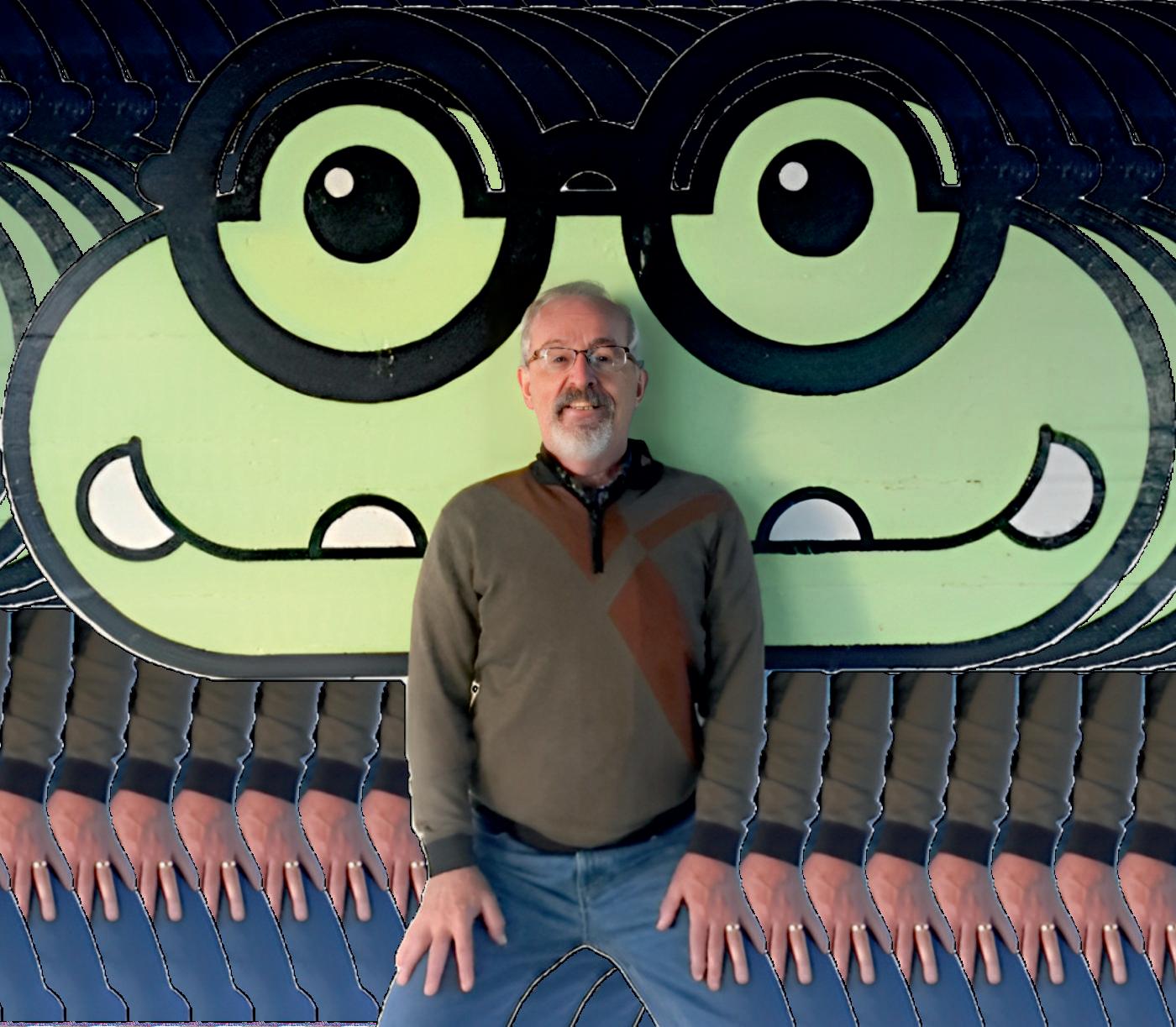

I’ve always considered myself a prac��oner first and an academic second.

In his latest book, Richard has been concentrating on advocating "model thinking" for the masses His interactive book, MODEL THINKING For Everyday Life: How to Make SmarterDecisions,publishedbyINFORMS,acquaintsreaders with the two meanings of "model"-both as exemplary and conceptual Richard supports the application of mathematical and conceptual models to make decisions in daily life better, with a focus on process rather than memorized answers. He urges readers to slow down, avoid technology shortcuts, and delvedeeplyintoproblemswithbasicanalyticaltools
In spite of recognizing the extraordinary abilities of artificial intelligence (AI), Richard is a strong supporter of human intelligence (HI). He warns of excessive dependence on technology and appeals to educators and students to remain focused on critical thinking, flexibility, and experiential learning.ForRichard,learninginvolvinginquiry,thinking,and iteration is more important than the mere knowledge of answers
Richard's contributions have profoundly influenced the operationsofpublicsectororganizations.
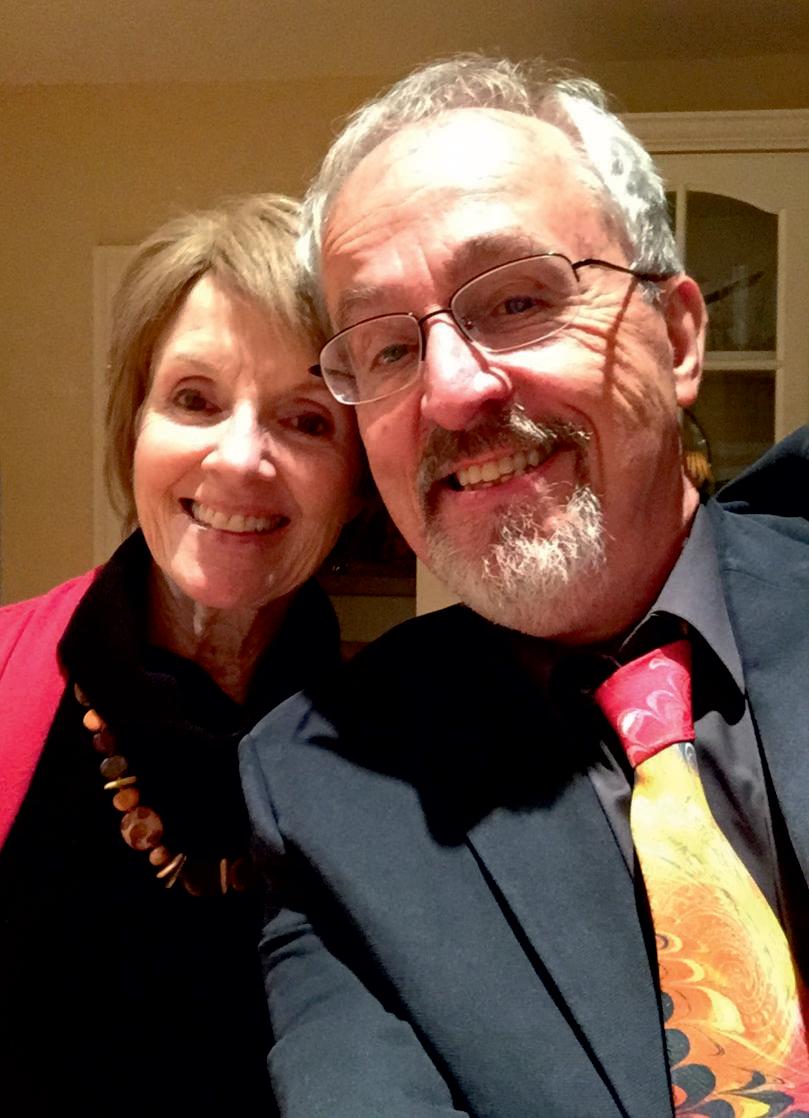
His consulting engagements with organizations like the US Postal Service and the City of New York have converted theoretical ideas into practical enhancements in service provision, resource management, and operational effectiveness.Richard'sskillatarticulatingcomplicatedideasto avarietyofstakeholdershasestablishedhimasamuch-desired advisorandpartner
Asidefromhisspecificcontributions,Richardhassignificantly helped develop the practice of operations research as an area through leadership of professional associations He is a past presidentofboththeOperationsResearchSocietyofAmerica (ORSA) and the Institute for Operations Research and the Management Sciences (INFORMS). He has been recognized bymultipleawardsforbothserviceandscholarship Richard's leadership has created a vibrant, collaborative community of scholarsandpractitionerscommittedtodevelopingthefieldand respondingtoglobalchallenges.


The ANSWER is not the answer; The Process is the answer.

Richard'scontributionstooperationsresearch,urbansystems, and educational technology have pushed the frontiers of practiceandknowledge Hisworkhastackledsomeofthemost important issues confronting contemporary society, from emergency response to fair access to education Richard's interdisciplinaryperspectiveanddedicationtobridgingtheory andpracticeareaninspirationtofuturegenerationsofscholars andpractitioners
InspiringtheNextGeneration
Richard'slegacylivesonthroughthenumerousstudents,peers, andorganizationshehasguidedandinfluenced.Hisemphasis ontheinterconnectednessoftheoryandpractice,hispromotion of human-centered learning, and his vision for technologysupportededucationcontinuetoinfluencethedevelopmentof academicfieldsandpublicsystemsglobally.
ALastingImpactonEducationandSociety
As operations research and education technology advance, Richard'slegacycontinuestobeasourceofinspiration Hislife showsthatthegreatestbreakthroughstakeplacewherescience, service, and imagination intersect. Richard's life is an inspiration to everyone who wishes to leave a lasting legacy based on knowledge, imagination, and an unwavering allegiancetothecommongood

Richard's MIT career and beyond define the impact of crossdisciplinary scholarship, practical application, and transformational leadership As a trailblazer in operations research,anadvocatefortechnology-enhancededucation,anda mentor to countless students, Richard has left an invaluable legacyonacademe,publicpolicy,andinternationaleducation His legacy is one of service, innovation, and never wavered confidence in the power of human intellect to address the world's most intractable challenges. In a world of rapid technologyandglobalcrisis,Richard'sworkandlifeserveasa reminder that success is not to be measured in awards or technicalcapability,butbythelong-terminfluenceweleaveon people'slivesandonthesystemsthatstructureourworld.

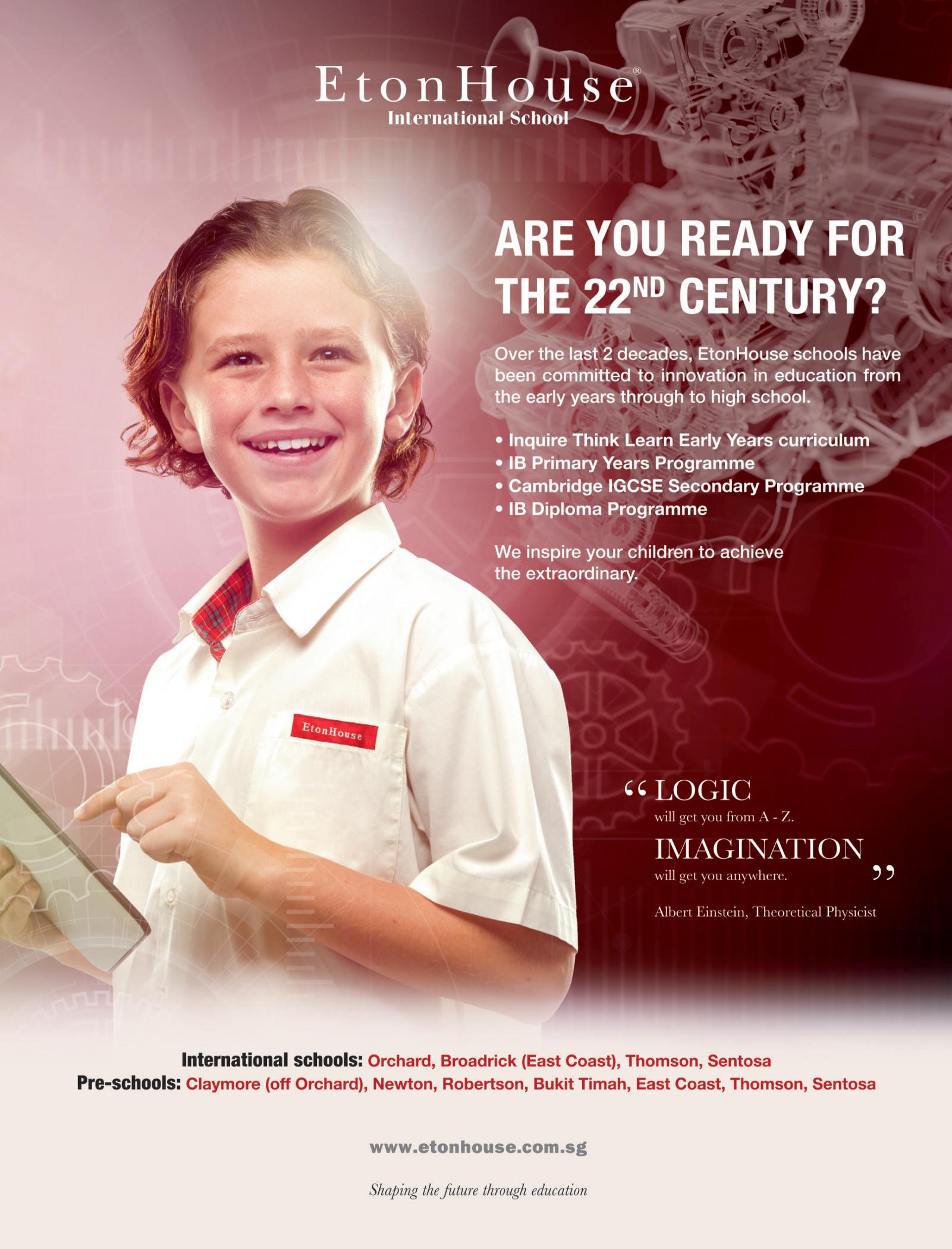







IInnaworldmarkedbyrapidtechnologicalinnovation,shifting
job markets, and evolving student expectations, postsecondary institutions find themselves at a crossroads. No longercantheyrelysolelyontraditionalmodelsofteachingand learning. Instead, they must adapt, evolve, and most importantly transform
Thisshift,oftentermedaseducationaltransformation,isnotmerely abuzzword Itisanecessaryanddeliberateprocessofreimagining howeducationisdelivered,accessed,andexperienced.
UnderstandingtheNeedforEducationalTransformation
Educationaltransformationinpost-secondaryinstitutionsreferstoa fundamentalchangeinthedesign,delivery,andpurposeofhigher education This transformation is driven by multiple factors advancements in digital technologies, a more diverse studentpopulation,globalinterconnectedness,andthegrowing demandforreal-worldskills.
Today’sstudentsarenotjustlookingfordegrees theyarelooking for value, relevance, and flexibility Institutions that fail to acknowledge and respond to these demands risk becoming obsolete Educationaltransformation,therefore,isaboutensuring that universities and colleges remain relevant, accessible, and effective in preparing students for the complexities of the modernworld.
Oneofthekeypillarsofeducationaltransformationiscurriculum redesign Traditionalcurricula,oftenrigidandsiloed,nolongermeet the needs of students or employers Institutions must adopt interdisciplinary, flexible, and skills-based learning pathways thatreflecttherealitiesoftoday’sworkforce.

For instance, integrating technology and data literacy across disciplines frombusinesstohumanities empowersstudentsto navigate digital environments effectively Project-based learning, internships, and real-world case studies are now essential componentsofamoderneducation,bridgingthegapbetween theoryandpractice
EmbracingTechnologyasaCatalyst
Technology is both a driver and enabler of educational transformation Theriseofvirtuallearningenvironments,artificial intelligence, and adaptive learning platforms has opened new avenuesforpersonalized,scalable,andinclusiveeducation
Post-secondaryinstitutionsthatintegratetechnologythoughtfully canenhancestudentengagement,improvelearningoutcomes,and reach a wider audience including non-traditional learners and workingprofessionals.However,technologyshouldnotreplace the human touch in education Instead, it should complement andelevatethelearningexperience,makingitmoreaccessible andmeaningful.
Atransformededucationalsystemrequirestransformededucators. Faculty development and training are critical components of educational transformation Professors and lecturers must be equippedwiththetools,mindsets,andpedagogicalstrategiesto teachinmoreflexible,student-centeredways
Professional development programs focused on digital fluency, innovative assessment methods, and inclusive teaching practices can empower educators to become agents of change. Moreover, fostering a culture of collaboration among faculty members encourages the sharing of best practices and continuous improvement
PuttingStudentsattheCenter
Attheheartofeducationaltransformationisthestudent.Institutions must move beyond a one-size-fits-all approach and embrace personalized learning models that cater to individual needs, aspirations,andlearningstyles
Student support services academic advising, mental health resources, career counseling—must be integrated into the educational journey, not treated as afterthoughts. Listening to studentvoices,incorporatingtheirfeedback,andinvolvingthem in decision-making processes strengthens institutional responsiveness and builds a more inclusive learning environment.
RethinkingAssessmentandCredentialing
Traditionalassessmentslikeexamsandessays,whilestillvaluable, may not fully capture a student’s skills or potential Educational transformationcallsformoreholistic,formative,andcompetencybasedassessmentstrategies
Digital portfolios, peer reviews, and real-world problem-solving tasksofferricherinsightsintostudentlearning.Additionally,microcredentials and badges can recognize specific skills and competencies,allowinglearnerstodemonstratetheircapabilities inamodular,flexiblemannerthatalignswiththeevolvingjob market
LeadershipandVision:DrivingtheChange
Educationaltransformationdoesnothappenbychance.Itrequires strong,visionaryleadershipthatiswillingtochallengethestatusquo and take calculated risks Institutional leaders must foster an environmentofinnovation,collaboration,andaccountability
Change management strategies, clear communication, and inclusivegovernancemodelsarecrucialforengagingstakeholders and navigating the complexities of transformation. Most importantly, leadership must remain committed to a long-term visionwhilebeingagileenoughtoadapttoemergingchallenges andopportunities
BuildingPartnershipsforGreaterImpact
Post-secondaryinstitutionscannottransforminisolation.Building partnerships with industry, government, non-profits, and alumni networks amplifies impact and relevance. These collaborations opendoorsforinternships,researchopportunities,funding,and real-worldinsightsthatenrichtheacademicexperience
Educationaltransformationthriveswheninstitutionsareembedded intheircommunities respondingtolocalneeds,contributingto economicdevelopment,andpreparinggraduateswhocanleadand serve.
Conclusion:ShapingtheFuture,Together
Thejourneyofeducationaltransformationiscomplex,continuous, and deeply human It is not just about technology or curriculum changes;itisaboutrethinkingtheverypurposeofeducation Postsecondary institutions must rise to the challenge not out of obligation,butoutofaprofoundcommitmenttostudentsuccess andsocietaladvancement.





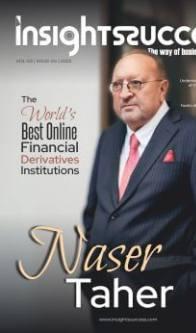
www.insightssuccessmagazine.com

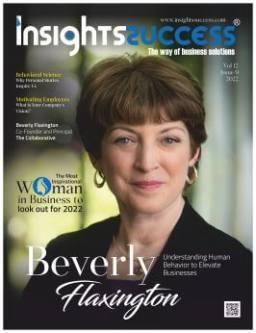

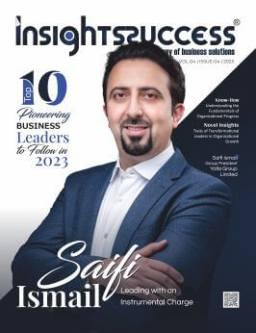
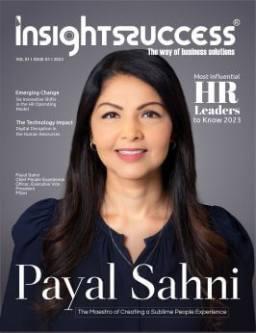


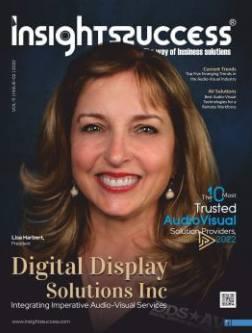
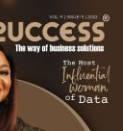

Inthedynamiclandscapeofeducation,theconceptofinclusion
has gained prominence as a vital component of equitable learning.Amongthemanyforcesshapinginclusiveeducation, educationalleadershipplaysacriticalrole.Particularlyintherealmof special education, where the stakes are high and the needs diverse, effective leadership can determine the success of inclusivestrategies.
Aseducationalsystemsgloballyshifttowardmoreinclusivemodels, the role of educational leaders is being redefined not just as administrators,butasvisionaries,advocates,andchangeagents.
UnderstandingInclusioninSpecialEducation
Inclusionreferstothepracticeofintegratingstudentswithdisabilities intogeneraleducationclassrooms,ensuringtheyhaveequalaccessto learning experiences alongside their peers. This approach moves awayfromisolatedspecialeducationsettingsandembracesamore collaborative, supportive environment that caters to diverse learning needs. True inclusion goes beyond physical placement; it demands adjustments in teaching methods, curriculumdesign,classroommanagement,andschoolculture.
Thistransformationrequiresnotonlyresourcesandpoliciesbutalsoa robustfoundationofeducationalleadershipthatsupportsandsustains inclusivepractices.
EducationalLeadershipasaCatalystforInclusion
Educational leaders principals, administrators, superintendents, anddepartmentheads holdsignificantinfluenceoverschoolculture andpriorities Theircommitmenttoinclusioncaninspireteachersand stafftoembracedifferentiatedinstruction,collaborativeplanning,and a growth mindset. More than mere policy enforcers, leaders become architects of an environment where every student is valuedandsupported.
An inclusive school environment begins at the top Educational leadership sets the tone by articulating a clear vision of inclusion,





aligningschoolpracticeswiththatvision,andmodelinginclusive attitudes and behaviors. When school leaders openly champion diversity, they foster trust and encourage others to reflect inclusivevaluesindailypractice.
Historically, special education has often been framed around compliance meeting legal mandates like the Individuals with Disabilities EducationAct (IDEA). While legal frameworks are essential, transformative educational leadership goes beyond checking boxes It emphasizes empowerment: empowering students with disabilities to participate meaningfully in learning,empoweringteacherswithtrainingandsupport,and empowering families through transparent communication andcollaboration.
Modern leaders must navigate complex systems and evolving educationalstandardswhilekeepinginclusionattheforefront This requiresablendofadministrativeacumen,emotionalintelligence, andunwaveringadvocacyforstudentrights
Inclusiveeducationisnottheresponsibilityofasingleeducatoror department; it thrives on collaboration. Effective educational leadership brings together general education teachers, special educators, therapists, counselors, and families to form cohesive support teams These teams co-design Individualized EducationPrograms(IEPs),sharebestpractices,andengage injointproblem-solving.
Moreover,leadersmustcreateaculturewherecollaborationisnot justencouragedbutembeddedintotheschool’sdailyrhythm.They must allocate time for co-planning, facilitate professional development,andpromoteopenlinesofcommunication
SupportingTeacherDevelopmentandWell-being
One of the greatest challenges in special education inclusion is equipping teachers with the necessary skills and confidence. Educational leadership plays a vital role in providing ongoing professionaldevelopmentthataddressesdifferentiatedinstruction, universaldesignforlearning(UDL),behavioralstrategies,and culturalcompetency
Beyond training, leaders must also support the emotional and professionalwell-beingofeducators.Inclusioncanbedemanding, especiallywhenteachersfeelunpreparedoroverwhelmed.Aleader who listens, empathizes, and offers practical support can make a profounddifferenceinteacherretentionandstudentoutcomes.
Data-driven decision-making is an integral part of contemporary educationalleadership Inthecontextofinclusion,leadersmustuse datanotonlytomonitoracademicprogressbutalsotoassesssocialemotionaldevelopment,engagement,andaccesstoopportunities
Byanalyzingtrendsandidentifyinggaps,leaderscanimplement timelyinterventionsandtailorresourceswherethey’remostneeded. Importantly, data should be used to support not stigmatize students with disabilities This requires ethical leadership that respects confidentiality and promotes transparency
OvercomingResistanceandFosteringChange
Despite growing awareness, resistance to inclusion still exists in manyeducationalsettings.Someeducatorsworryaboutclassroom disruptions,lackoftraining,ordilutingacademicstandards Here, educationalleadershipmustplayatransformativerole facilitating difficult conversations, challenging outdated beliefs, and highlighting the benefits of inclusive education for all students.
Change is never easy, but inclusive leaders understand the importance of patience, persistence, and empathy. They lead by example,celebratingsmallvictoriesandreinforcingthecollective responsibilityofcreatinganinclusivecommunity
Thefutureofeducationliesinitsabilitytoembracediversity,and specialeducationinclusionisacornerstoneofthatfuture.Asour understanding of neurodiversity, learning differences, and social justicedeepens,sotoomustourapproachestoleadershipevolve
Educationalleadershipinthiseramustbe dynamic responsivetochange,rootedincompassion,and relentlesslyfocusedonstudentequity.Byprioritizinginclusive values,cultivatingcollaborativecultures,andinvestingin people,educationalleaderscantransformschoolsintospaces whereeverylearner,regardlessofability,feelsseen,heard, andempowered
Inconclusion,theevolvingroleofeducationalleadershipin specialeducationinclusionisbothachallengeandan opportunity.Itcallsforcourage,innovation,andadeep commitmenttohumandignity.Leaderswhorisetothiscalldo morethanmanageschools theyshapefutures.



